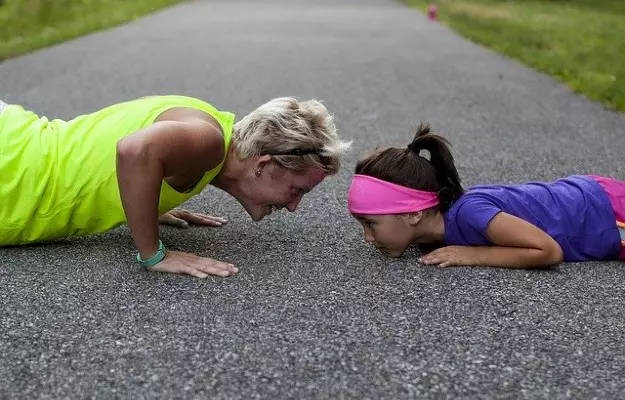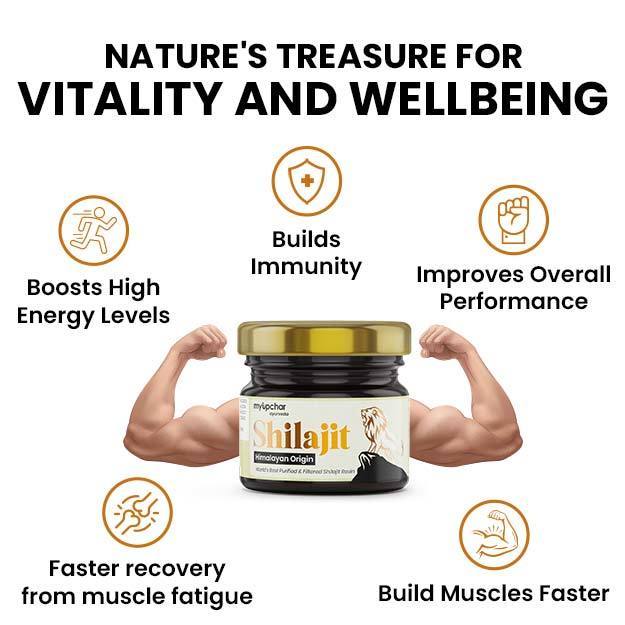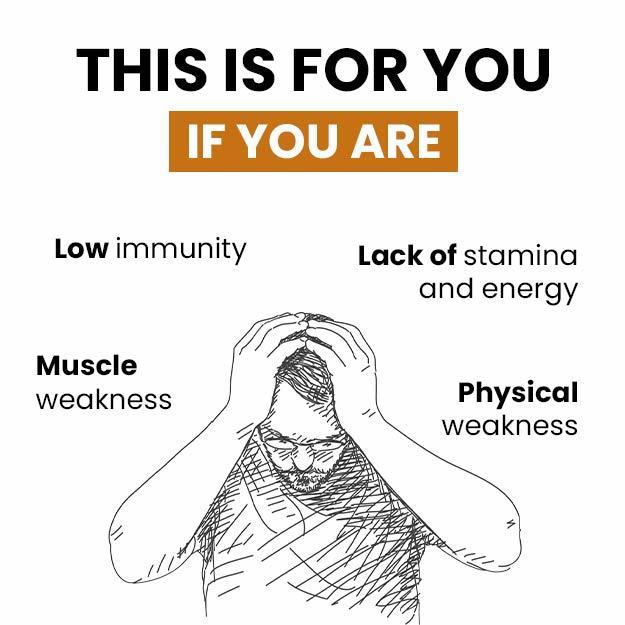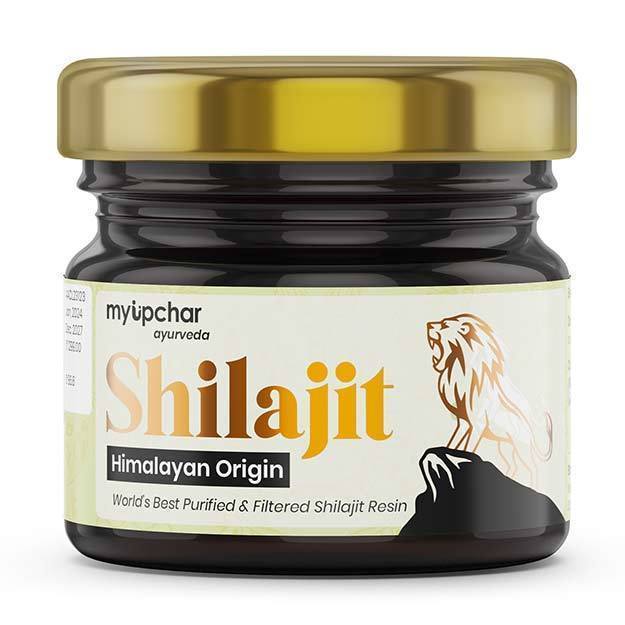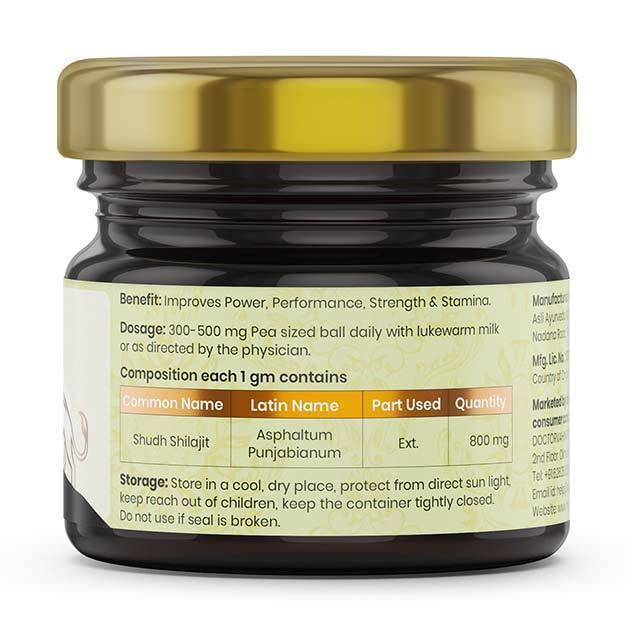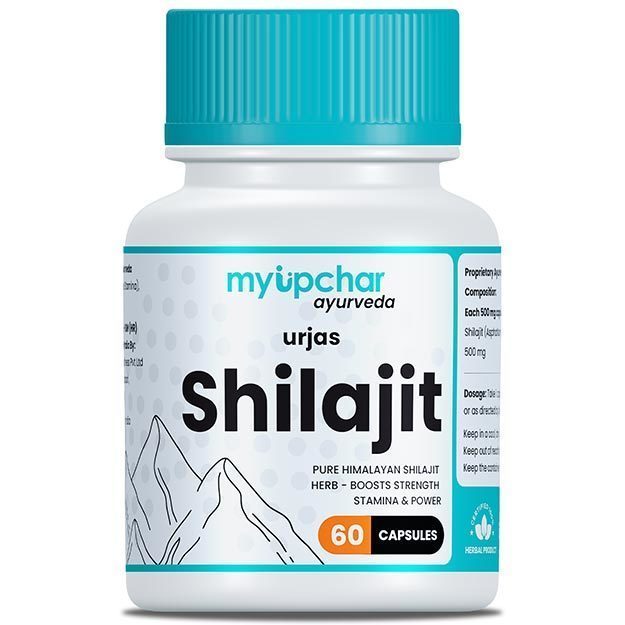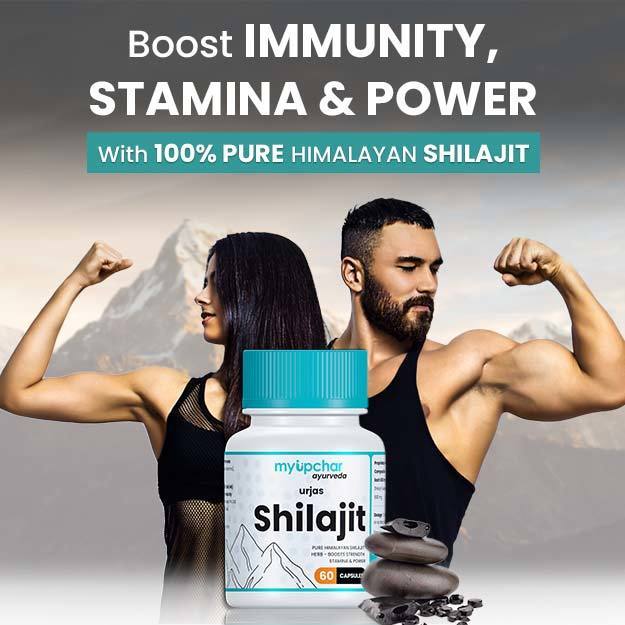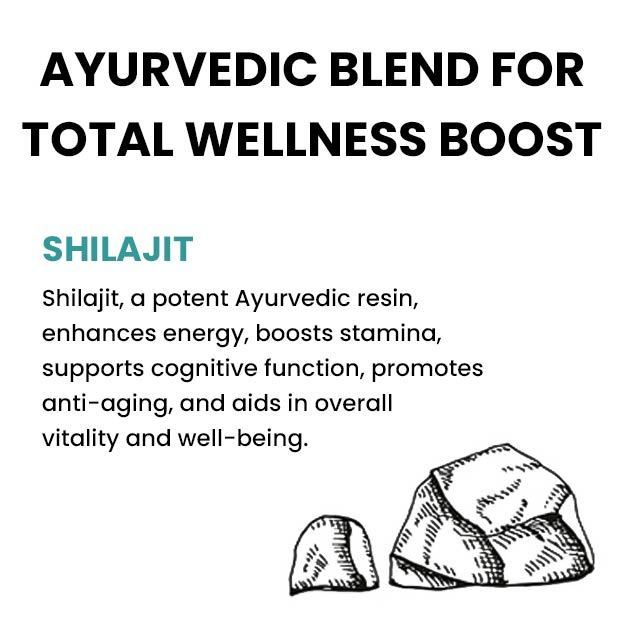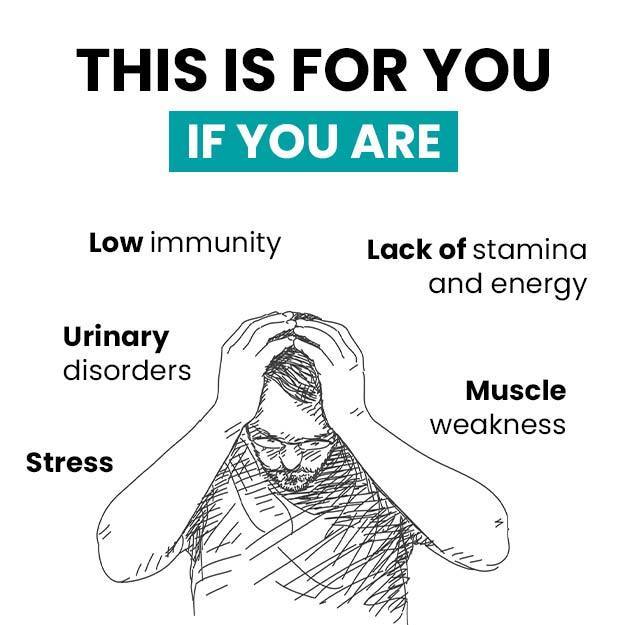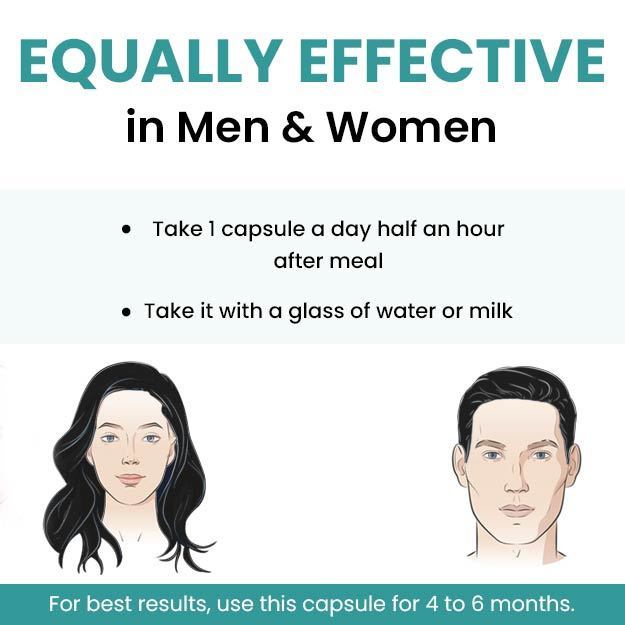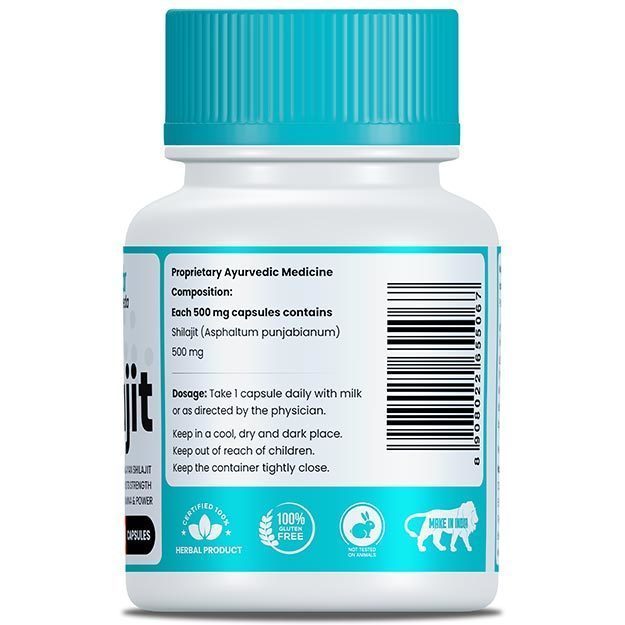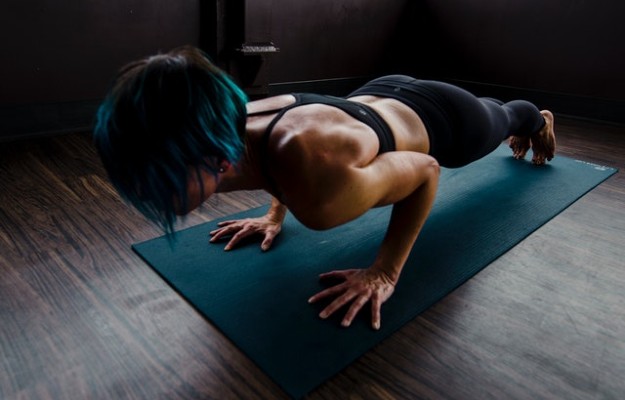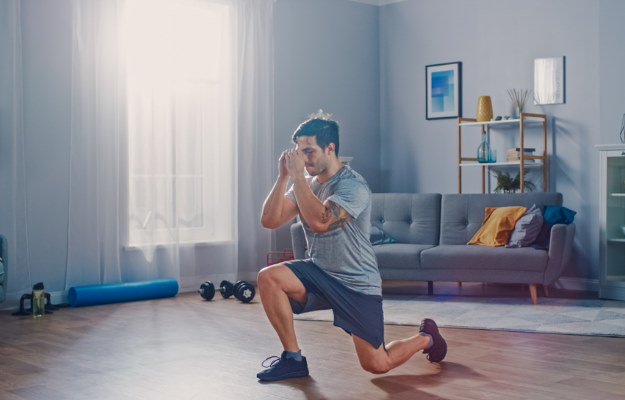One of the biggest challenges we face, in this age of technology and everything being available at the click of a button, is to remain healthy and active. The modern era may have made life easier in a lot of ways, but has brought along a unique situation that doesn’t require us to even move from our couches anymore.
This situation has, as a result, promoted a lifestyle that has given rise to a number of chronic diseases owing to a lack of physical activity. While the World Health Organisation (WHO) recommends at least 150 minutes of physical activity per week for an average adult, keeping up with that goal is not easy.
Those averse to joining a gym or those who cannot find the time to do so can still remain active by performing simple exercises over the course of a day, even in the comfort of their own home. After all, 150 minutes of exercise in a week translates to about 30 minutes of activity five times a week, which doesn’t seem like a mountain to climb in any case.
Even without the use of external weights or joining expensive group classes, one can remain fit by committing to a range of bodyweight exercises that can be performed at home or in the neighbourhood park.

